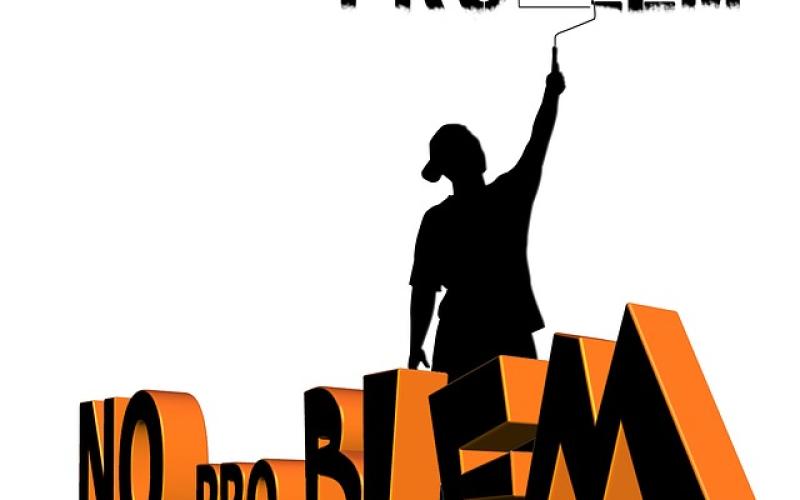
Often when two parties are in a conflict with one another, one party feels more aggrieved than another. At other times the conflict is symmetric and both parties feel equal coming into a negotiation. This commentary addresses how to evaluate the situation when the situation is asymmetric and what can be done when one party feels very aggrieved and the other does not share in this perception.
As an example, think of the manager not really seeing a problem when the employee certainly does. In this case the manager also has the power over the employee. There are several options to consider. This commentary will focus on mediation.
As a mediator I had the opportunity to mediate between two parties in a promotion dispute. Management thought there would only be one applicant, that no one else was interested in the position, and that the current employee in the position would apply and receive the promotion. Given this perspective management had the manager post the position, had the manager rank the participants for an interview, had the manager conduct the interviews (as it turns out with two applicants) and had the manager make the recommendation to the next level of management for the selection. Unfortunately for management, there were two candidates. The existing employee received the promotion. The other candidate filed a complaint regarding equal employment opportunity and an unfair labor practice. The other candidate alleged discrimination. This led to mediation.
In the mediation, management knew they had cut corners and that management should have had someone other than the manager alone conduct the ranking and the interview. The intent was to have three on the interview team, but due to timing only the manager conducted the interview. These facts gave some strong credibility to the complainant. A mediation was set up to address the issues.
The complainant wanted the promotion in another division, money and an apology. Management just wanted it to go away, had no authority to do something in another division, did not want to pay any money, but did agree that an apology was in order given the facts in the case. In short management screwed up. Management knew they screwed up. Management just wanted this to go away with the least amount of pain and cost. The employee felt violated.
Research shows that when one party feels less aggrieved (in this case management) often the final perception is that the mediator was biased towards the more aggrieved party after letting that party vent and present their concerns. To help overcome this the mediator needs to ensure that the less aggrieved party is also able to explain their concerns, feelings and issues too. This helps facilitate the mediation, and is more likely to allow the parties to leave the mediation with a perception of fairness.
Both parties should be given adequate time to present what each sees as the facts, the issues, the feelings behind the issues and their interests. When both parties feel like they have been heard, regardless of the outcome of the mediation, it is far more likely the parties will leave feeling that at least the mediation process let themselves be heard. That is a very important element of the mediation process. Often it is the only time the parties are really allowed to be heard. The probability of the parties resolving their issue is significantly enhanced when the parties believe they have been listened to during the process.
Beyond this commentary consider de-escalating yourself, truly listening, brainstorming, clearly identifying the problem, and recognizing when you need a mediator. These are elaborated on this commentary.
Regarding the mediation above… management truly apologized and paid a dollar amount to the complainant. Management also agreed to several other stipulations going forward. The complainant and management felt heard and satisfied with the result.
Contact me to speak to your group or consult with you. Check out my website, books and content. I am an international speaker. I speak on how to overcome conflict with collaboration by taking advantage of the collaboration effect TM enhancing relationships, resources and revenues. My service areas are related to helping clients resolve conflict: business to IRS, business to business and within businesses. I have written 11 books including The Servant Manager and Peaceful Resolutions. I may be contacted directly at mg@mikegreg.com and at (651) 633-5311. [Michael Gregory, NSA, ASA, CVA; MBA]
